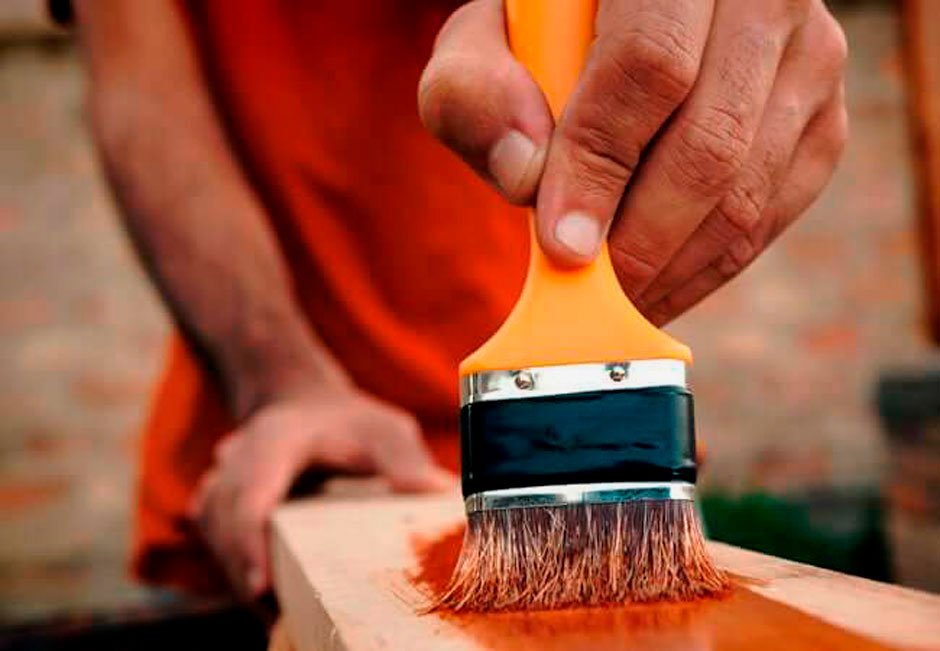What are the most suitable finishes for wood?
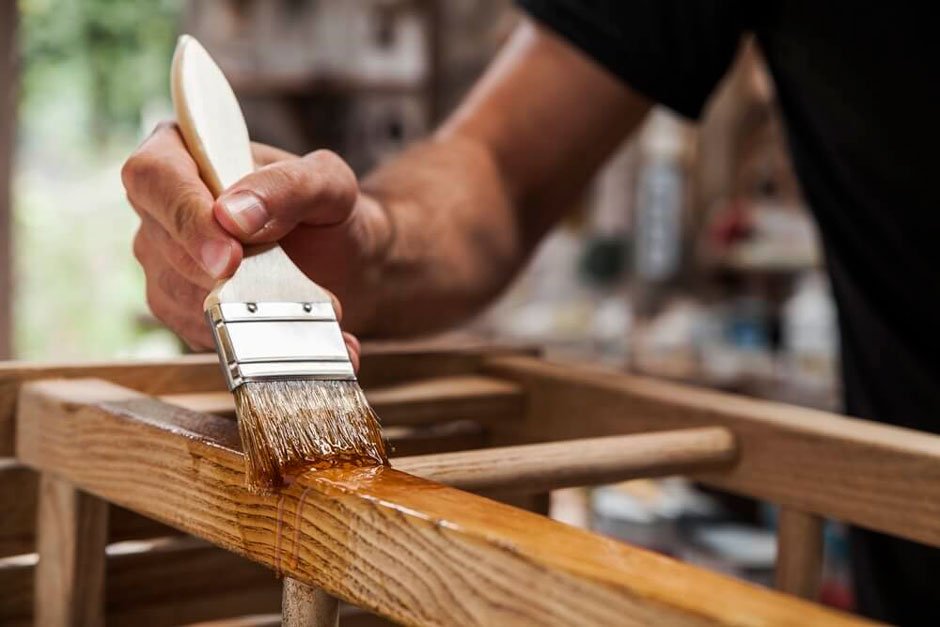
Timber buildings have received much attention in recent years. As a sustainable and renewable material that absorbs a large amount of carbon throughout its development, advances in this material have enabled taller structures. However, when we talk about wood, we are talking about a vast range of species, each with its own set of strengths, nuances, potentials, limits, and recommended uses. While there are tough and heavy woods with qualities equal to concrete, softwoods are also appropriate for different purposes.
Anyway, as wood is a natural substance, it is porous and adjusts to the temperature and humidity conditions of the area in which it is inserted, absorbing everything that enters, including oils, filth, and chemicals. Without a suitable finish, wood can dry up, crack, lose its natural tone and deteriorate.
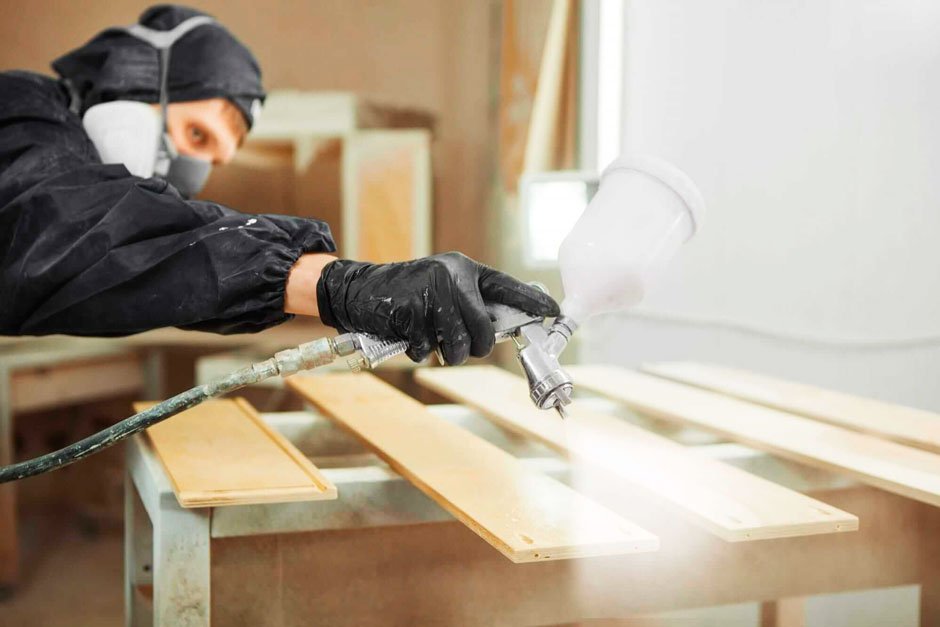
Although we are all aware that maintenance is crucial for the effective functioning of all types of buildings, it is essential for wood. A proper finish keeps the wood from decaying quickly, extending its usable life and retaining its inherent qualities. The availability and terminology for each type of finish may differ by country. We've prepared a list of today's most popular finishes, along with their primary attributes and uses.
Varnishes
The term varnish is often used in a wide variety of wood finishes, and that's not correct. The varnishes form a translucent coating, similar to a film, over the treated surface, covering the wood's pores and accentuating its veins and natural hues. It is a substance that is made from drying oils and synthetic resins. There are numerous varieties available on the market, including marine varnish and polyurethane, which are very resistant to water and moisture. In addition, some varnishes protect against UV radiation, which is especially important for outdoor constructions. Other varieties enable you to change the color of the wood using dyes.
Varnishes are pretty flexible and are mainly used in facades, structures, frames, and interior sections. When the varnish layer starts to peel away from the wood, leaving it exposed, the piece must be sanded and varnished again.
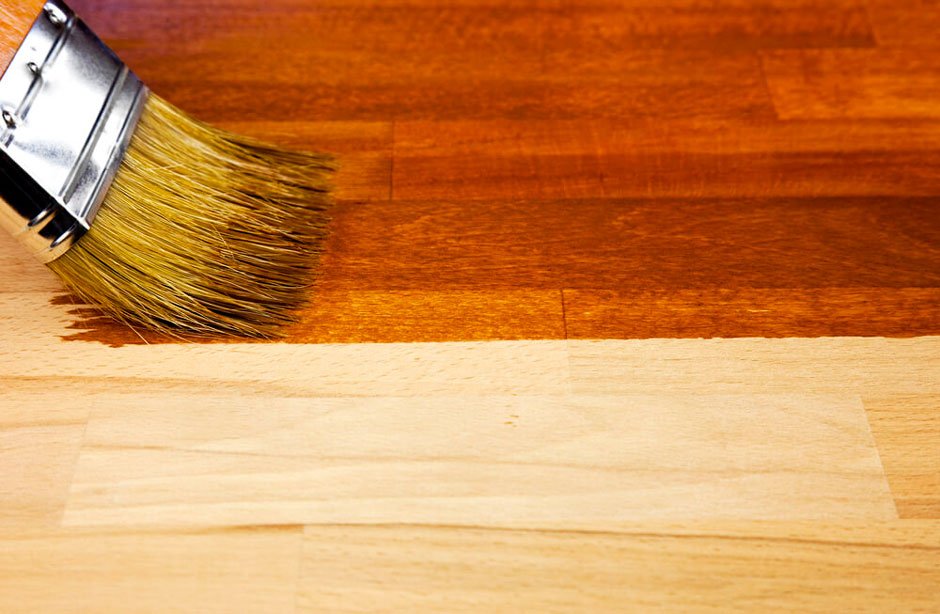
Waxes
Waxes, which are available in liquid, paste, and solid forms, are derived from a range of mineral, vegetable, and animal sources. Bee and carnaúba are the most prevalent. The waxes do not permeate the wood as a finish, but rather remain on it, preventing oxidation. As a result, wax has minimal effect on wood protection if used alone. The fascinating thing is that it may be applied to sections that have previously had oils applied to them, leaving the surface with a delicate gloss and a nice sensation. It should only be used in zones that are not exposed to the elements.
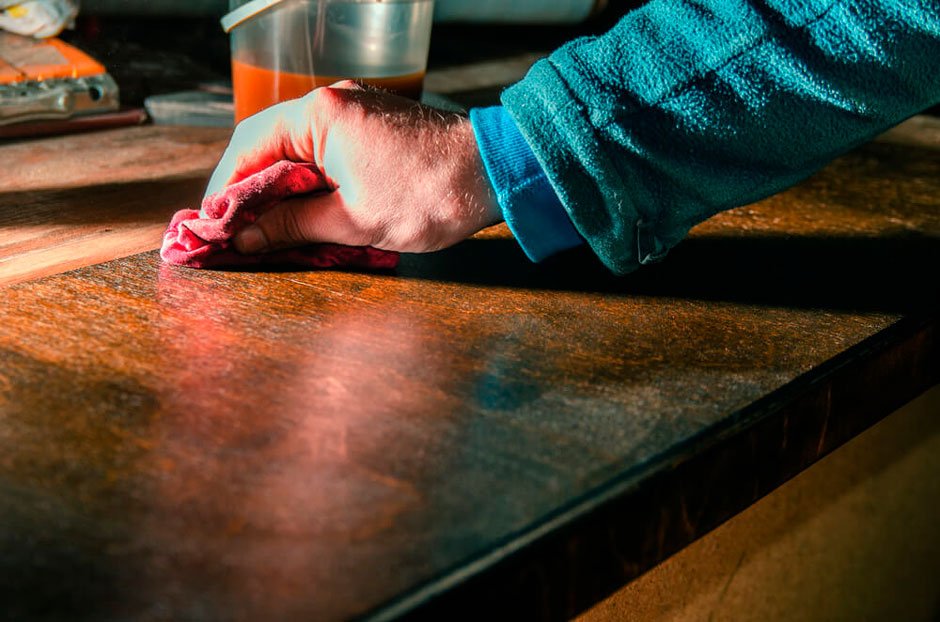
Impregnants
Impregnants work a little differently. Unlike varnish, they permeate the wood and leave its pores open, nourishing its fibers and allowing it to "breathe." This gives their veins a more natural appearance, especially to the touch, yet even in its most transparent form, it ends up concealing the item slightly. It is a treatment that is exceptionally water-resistant since it penetrates the wood. The stain does not come off since it is absorbed by the wood and does not produce a protective film layer. It is simple to apply and maintain.
Its uses are similar to varnishes and are also widely used in roofs.
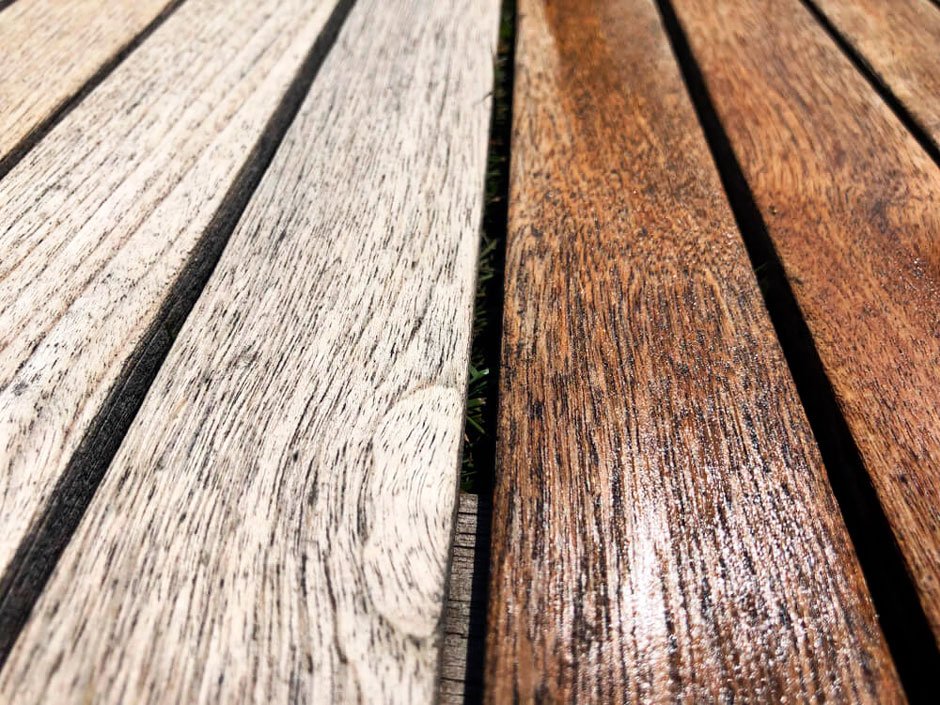
Oils
Oil treatments are popular among carpenters as they accentuate the character of the wood without affecting its color or texture. They are made of natural ingredients and are easy to apply and maintain. They accompany the natural movement of the wood, hydrating and waterproofing it. On the other hand, it is not as weather-resistant as the preceding finishes and must be reapplied on a regular basis. Although linseed and tung oils are the most often used oils, 'raw' or polymerized oil, which receives a heat treatment to make it more resistant to time and speed drying time, is also an option.
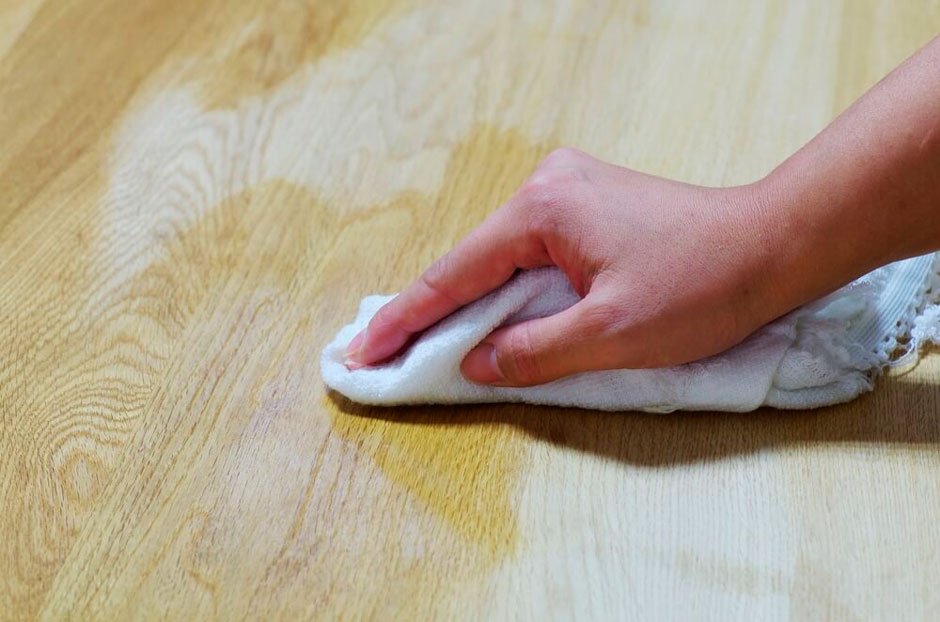
Shellac
Shellac is a natural finish generated by the Kerria lacca insect, a kind of beetle found in the woods of India and Thailand. Shellac dries fast as a varnish, providing a durable, robust, and flexible layer that may be used to varnish floors and furniture. It is rarely used nowadays since it is not water or alcohol resistant. It is normally purchased in little pieces that are diluted with alcohol before use.
Even so, some carpenters use shellac to finish excellent furniture.
